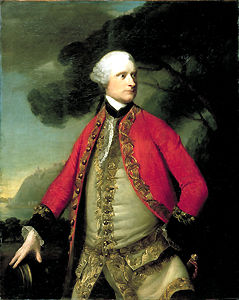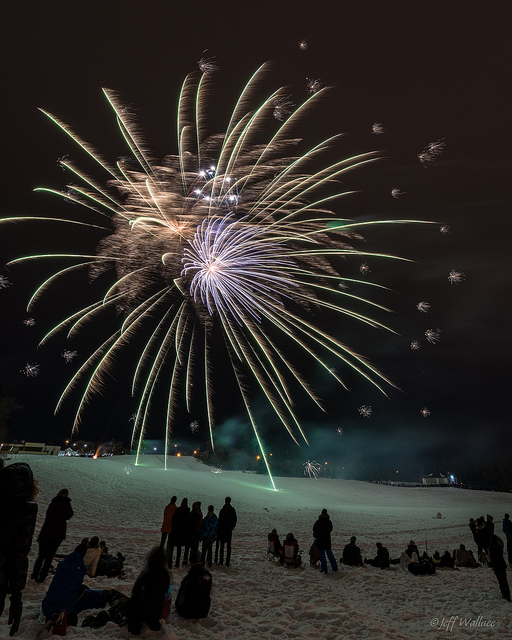Article
Murray Treaty of Longueuil (1760)
On 5 September 1760, three days before the Capitulation of Montreal, the chief of the Huron-Wendat of Lorette, who had accompanied the retreating French army from Quebec to the Montreal region, approached General James Murray at Longueuil. A treaty of peace — known as the Murray Treaty of Longueuil or simply, the Murray Treaty — was concluded whereby the Huron-Wendat came under British protection. (See also Treaties with Indigenous Peoples in Canada.)











